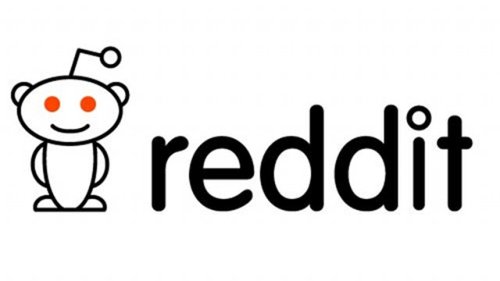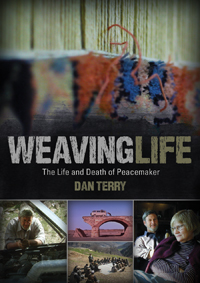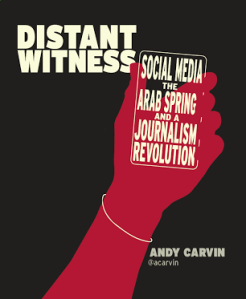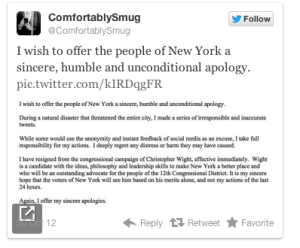
By Rebekah Graham and Courtney Ryan
When you think of art, what comes to mind? Leonardo da Vinci? Sculpture? A famous photograph? These are the ways we have traditionally been taught to view art – they are our expectations. What we should realize is that art is not always a tangible object. Art can be more than paint, clay, or charcoal. Although it is difficult to break away from years of thinking inside the box, when we do a whole new aspect of creativity becomes available to us.
Evan Roth, an artist of F.A.T. Lab said, “We tend to make ourselves stronger by sharing.” This idea is the basic concept behind the online creative culture; things that are created are typically meant to be shared. When you have an entire community devoted to the purpose of creating, sharing, revising, and building off one another, amazing things can happen! The internet is a powerful tool for collaboration. Nearly everyone has access to the internet, making it an open space where an untold variety of minds can congregate at all hours of the day to work together on projects. Even though all of these people come from very different lives, online they seem to become an entirely new, almost independent community. Users have not only their online identities but also a unique, internet-based language. Take, for instance, the idea of memes. These viral symbols and images aren’t always something that just anyone can understand. Often, the reader needs to be repeatedly exposed to works of the meme community before he or she can fully appreciate the humor or meaning behind it.
Collaboration on the internet nurtures creativity as it encourages us to all learn from one another and work together. What one person makes may be used by another person for a different purpose. Sometimes this process encounters issues in regards to copyright, but those walls appear to be slowly coming down. The common goal of using one another’s old ideas to create something new is encouraging people to be more open about allowing others to build off of their own work. In addition to promoting their own work, the online creative community also has a passion for seeing others succeed in their ambitions. The following websites are examples of ways in which these people work together for creative purposes.
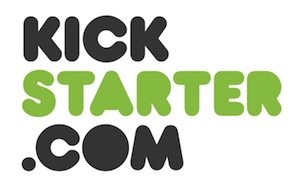
Kickstarter is an online crowd-sourcing website for creative projects. On it, people are able to present their possible ideas to the online community. If it looks worthwhile, people will fund it. In this way, online creators and enthusiasts are able to support one another and promote creativity.
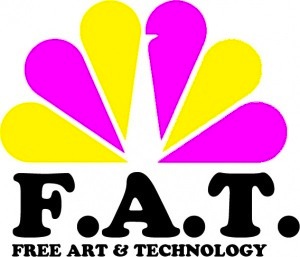
F.A.T. Lab is an organization that uses technology and media to promote public domain content. They do not support secrecy, copyright monopolies, or patents in the hopes that creative resources would be available to all.
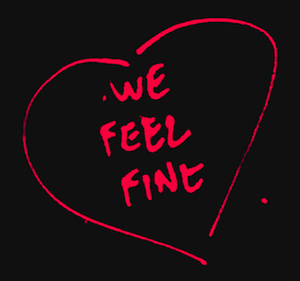
We Feel Fine uses key phrases from blog entries around the world to record, analyze, and store information about human feelings and emotion. That data then becomes an artistic, interactive interface that anyone and everyone can explore.
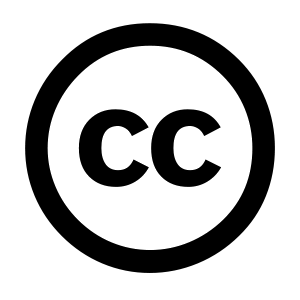
Creative Commons is a free service provided as a partner to traditional copyright laws. This nonprofit organization is devoted to the sharing of creative resources; it enables users to give customizable, public permission for use of their work.

I Waste So Much Time is a blog-type website where people can submit and enjoy internet-based humor or information. In it’s own words, it is a “collection of funny or interesting junk that we find online throughout our work day.” Followers not only read what is posted, but may also contribute.
Each of these websites represents the way in which the creative culture online wishes to share ideas and resources. Through collaboration and an open, giving attitude, online art is able to constantly grow, develop, and change. Creators who are passionate about this movement not only appreciate the ability to be inspired by the work of fellow artists, but also have a desire to share their own for the benefit of others. Perhaps their mantra should be the following quote from Albert Einstein: “Creativity is contagious. Pass it on.”






